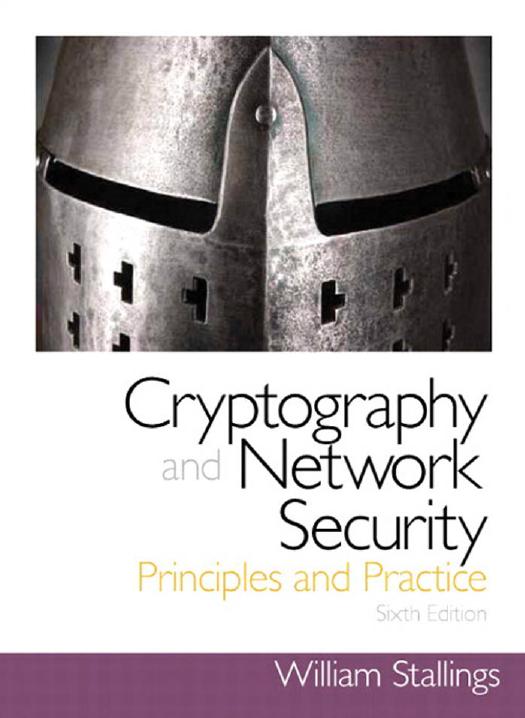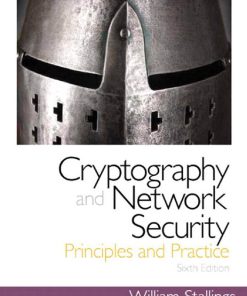Cryptography and Network Security Principles and Practice 6th edition by William Stallings ISBN 0133354695 978-0133354690
Original price was: $50.00.$25.00Current price is: $25.00.
Authors:William Stallings , Series:Cyber Security [19] , Tags:Computers › Security › Network Security Computers / Security / Cryptography & Encryption Computers / Security / Network Security , Author sort:Stallings, William , Ids:Google; 9781292158587 , Languages:Languages:eng , Published:Published:Sep 2016 , Publisher:Pearson Education , Comments:Comments:For courses in Cryptography, Computer Security, and Network Security The Principles and Practice of Cryptography and Network Security Stallings’ Cryptography and Network Security, Seventh Edition, introduces students to the compelling and evolving field of cryptography and network security. In an age of viruses and hackers, electronic eavesdropping, and electronic fraud on a global scale, security is paramount. The purpose of this book is to provide a practical survey of both the principles and practice of cryptography and network security. In the first part of the book, the basic issues to be addressed by a network security capability are explored by providing a tutorial and survey of cryptography and network security technology. The latter part of the book deals with the practice of network security: practical applications that have been implemented and are in use to provide network security. The Seventh Edition streamlines subject matter with new and updated material — including Sage, one of the most important features of the book. Sage is an open-source, multiplatform, freeware package that implements a very powerful, flexible, and easily learned mathematics and computer algebra system. It provides hands-on experience with cryptographic algorithms and supporting homework assignments. With Sage, students learn a powerful tool that can be used for virtually any mathematical application. The book also provides an unparalleled degree of support for instructors and students to ensure a successful teaching and learning experience.













